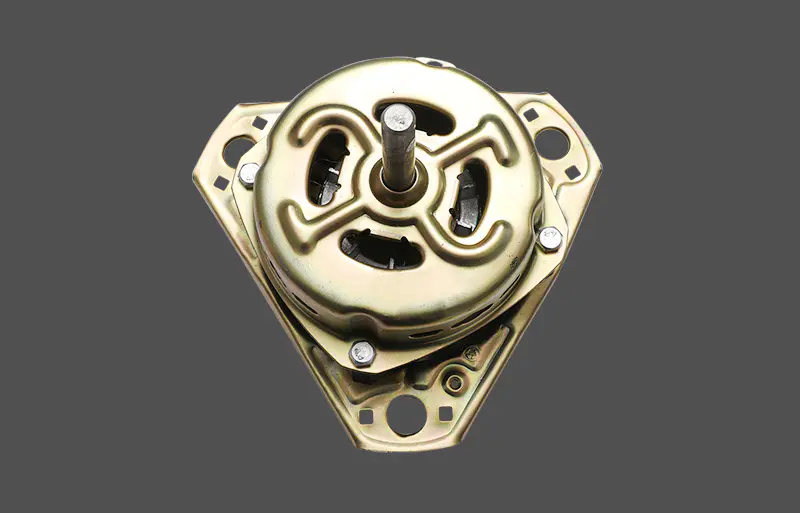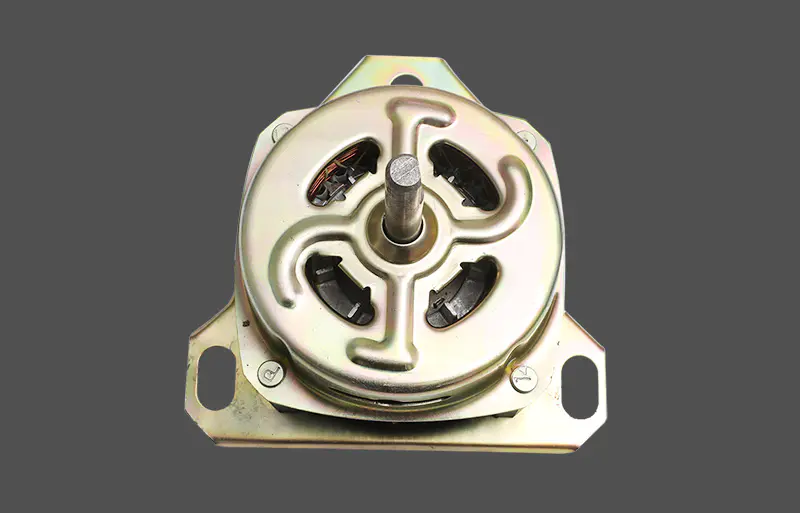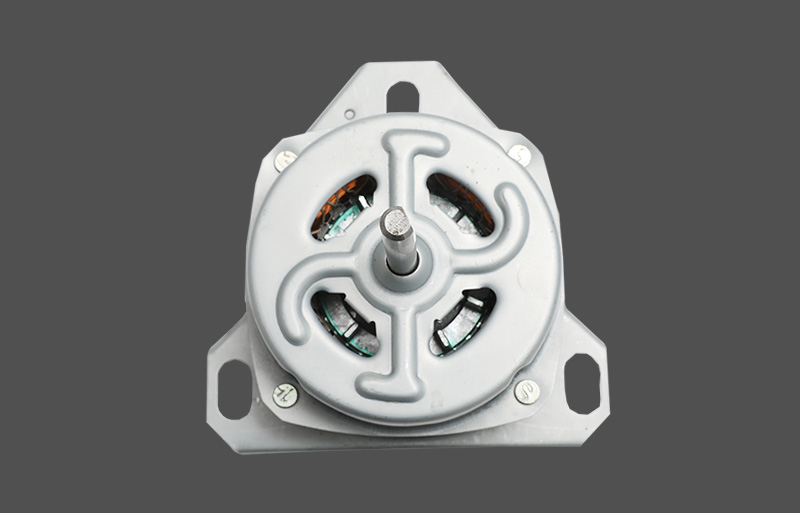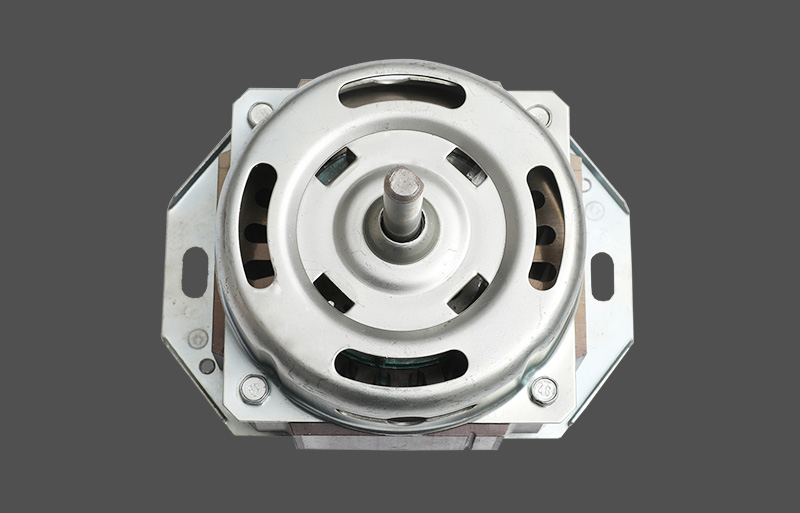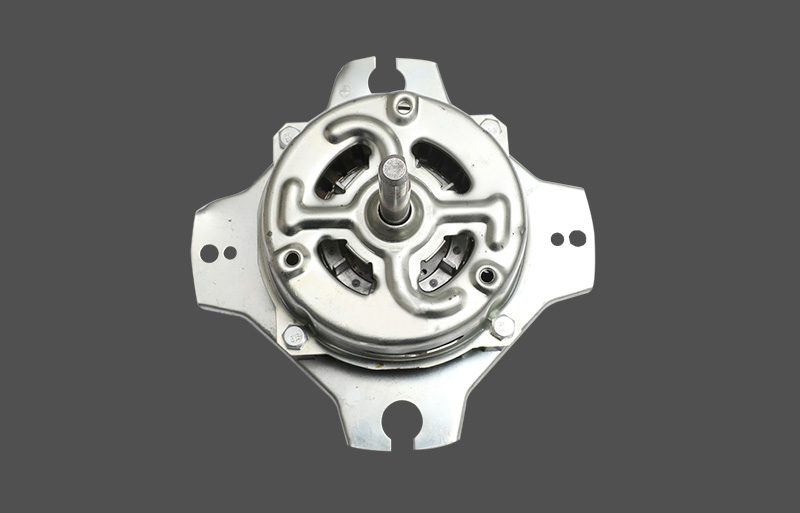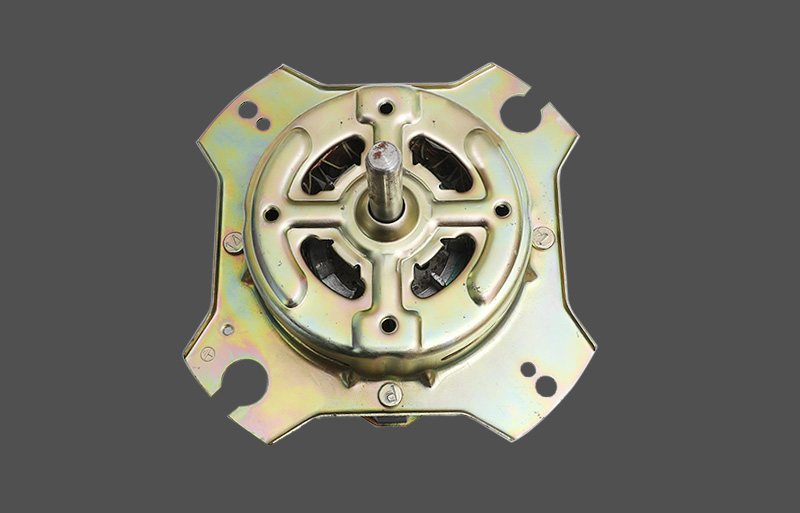The motor speed of a floor fan is one of the important indicators for measuring fan performance, which directly affects wind speed, air volume and comfort. Accurately judging whether the motor speed is normal and ensuring that the fan runs stably within the design range is crucial to ensuring product quality and user experience.
Basic concepts and importance of speed
The motor speed is usually expressed in revolutions per minute (RPM), which is the number of revolutions per minute of the motor shaft. The speed design of the floor fan motor is based on the fan blade specifications and air volume requirements. Too high or too low speed may lead to insufficient air volume, increased noise or increased motor loss. Keeping the speed stable helps to extend the life of the motor and improve the operating efficiency of the fan.
Mechanical speed measurement method
The most traditional and intuitive speed detection method. Non-contact measurement of fan impellers or motor shafts using mechanical tachometers, photoelectric tachometers or laser tachometers. Photoelectric tachometers detect the frequency of impeller passing through reflective marks and calculate the speed, which is accurate and responsive. Laser tachometers have the advantage of high precision and are suitable for laboratories and quality inspection environments. The mechanical measurement method is simple and direct, suitable for on-site rapid diagnosis of abnormal motor speed.
Electrical signal method
The speed is estimated by using the electrical signal characteristics of the motor. The speed of the AC induction motor is related to the power supply frequency and the number of pole pairs. The speed = (120 × frequency) / number of pole pairs. The theoretical speed of the motor is estimated by measuring the input power frequency and phase sequence of the motor. The brushless DC motor (BLDC) detects the rotor position through the Hall sensor inside the motor driver, and the driver provides real-time speed data. The electrical signal method has the advantages of non-invasive and continuous monitoring, and is widely used in smart fan products.
Vibration and sound analysis method
When the motor is running, it will generate vibration and sound signals of specific frequencies. Vibration data is collected by high-sensitivity sensors, and the main vibration frequency is extracted by combining spectrum analysis technology to determine whether the speed is normal. Sound analysis uses a microphone to collect operating sound waves, and frequency analysis is used to reflect the motor speed and its stability. The vibration and sound analysis method is suitable for online monitoring and preventive maintenance, and can detect potential faults caused by abnormal motor speed in advance.
Manifestations and judgment criteria of abnormal speed
Common manifestations of abnormal speed include significantly reduced fan air volume, increased operating noise, and severe vibration of fan blades. When making specific judgments, the normal speed range should comply with the design value in the product technical specification, and a certain deviation range (generally ±5%) is allowed. If it exceeds this range, it is judged as abnormal. Combining the measurement data with the product calibration standard, it is possible to accurately judge whether the speed is normal.
Judgment of the correlation between temperature and speed
Abnormal motor temperature rise is often related to abnormal speed. When the speed is too low, the motor load increases, resulting in increased heating. By monitoring the trend of motor temperature changes and combining with the speed measurement results, the root cause of the abnormal speed can be assisted in determining. An efficient temperature control and speed monitoring system ensures that the fan operates in a safe and efficient range, which is an important technical embodiment of a high-quality floor fan.




